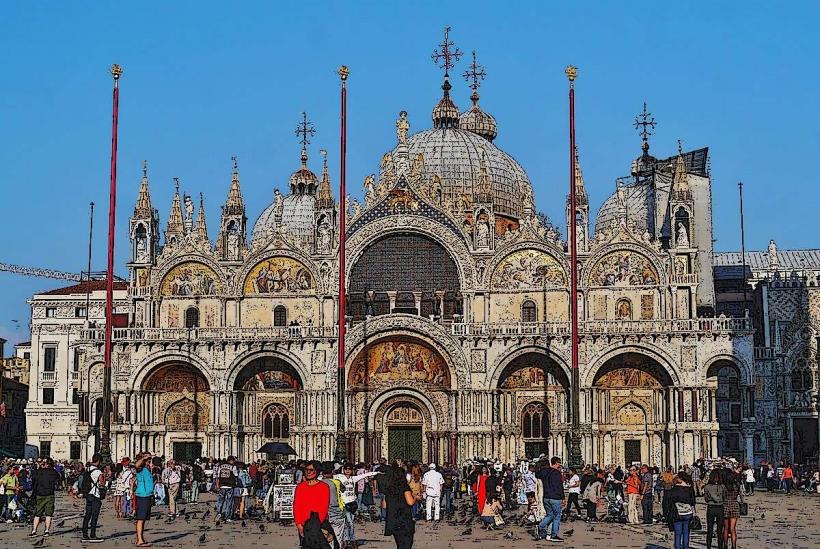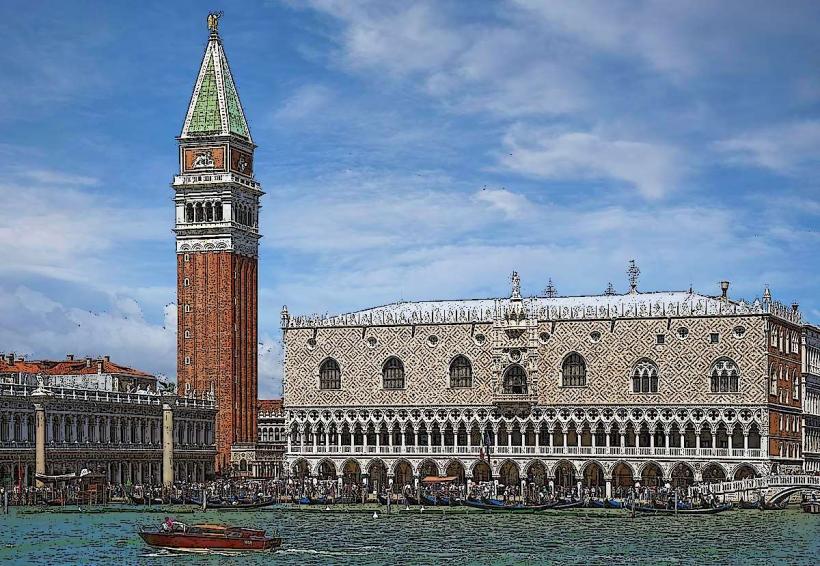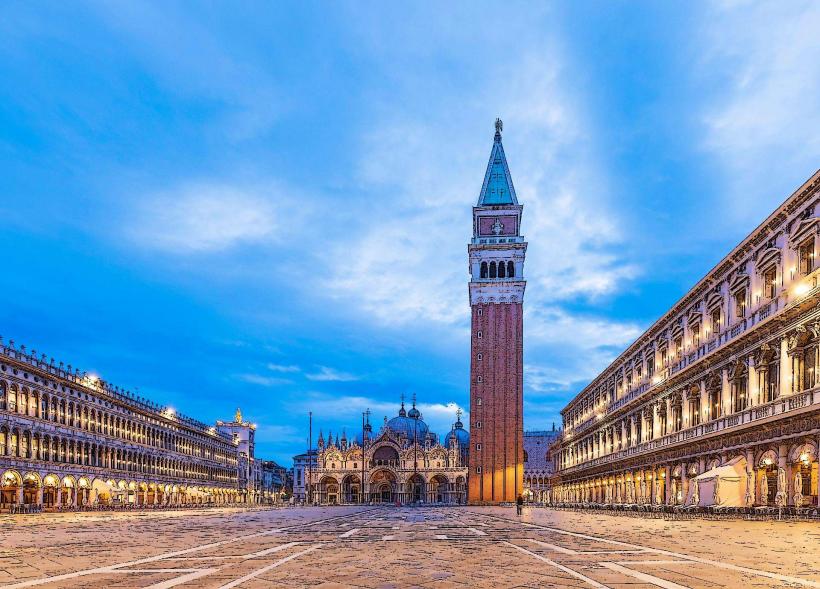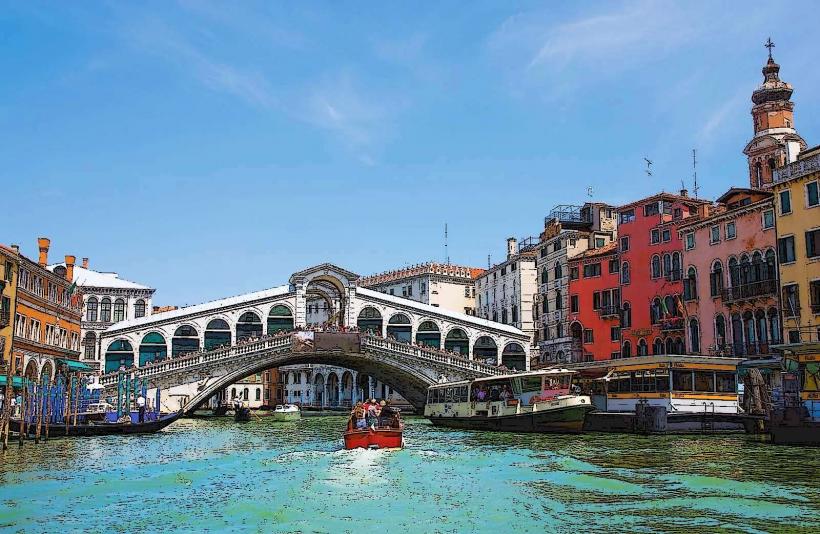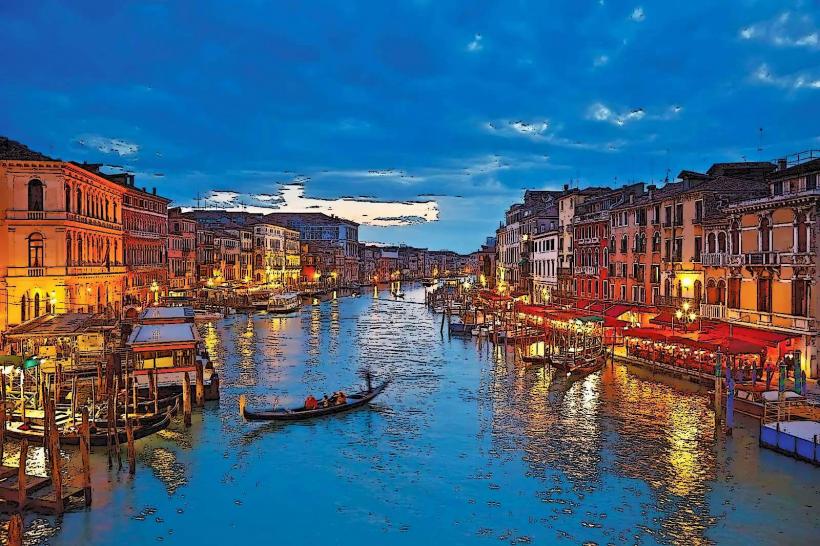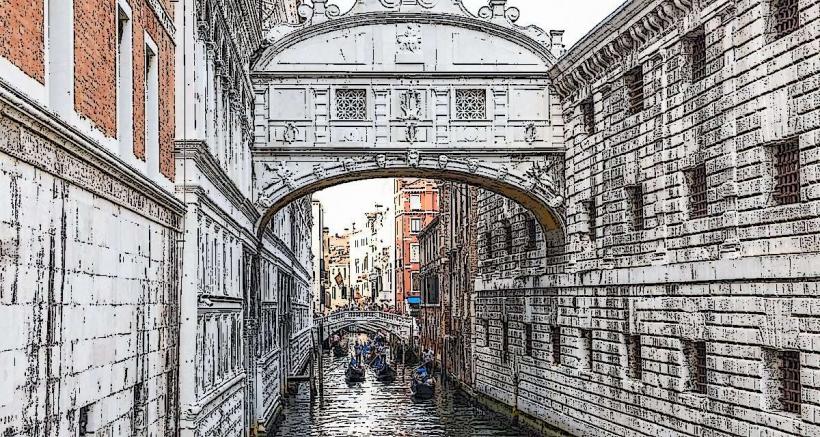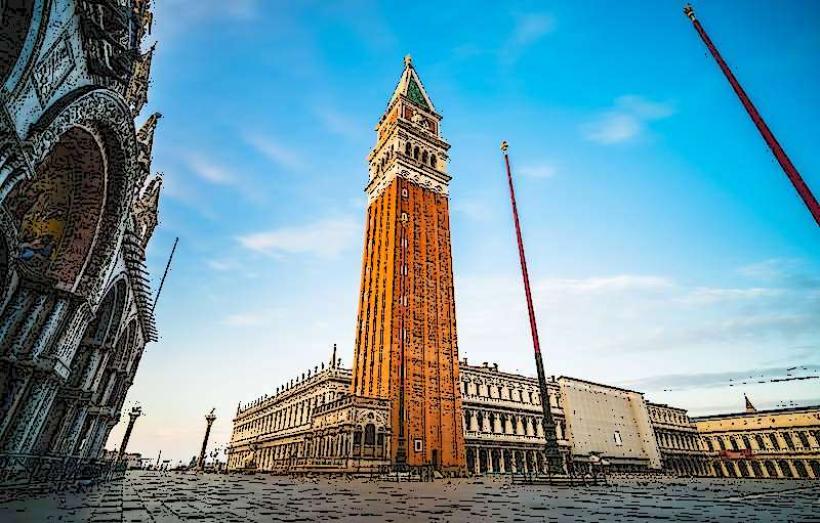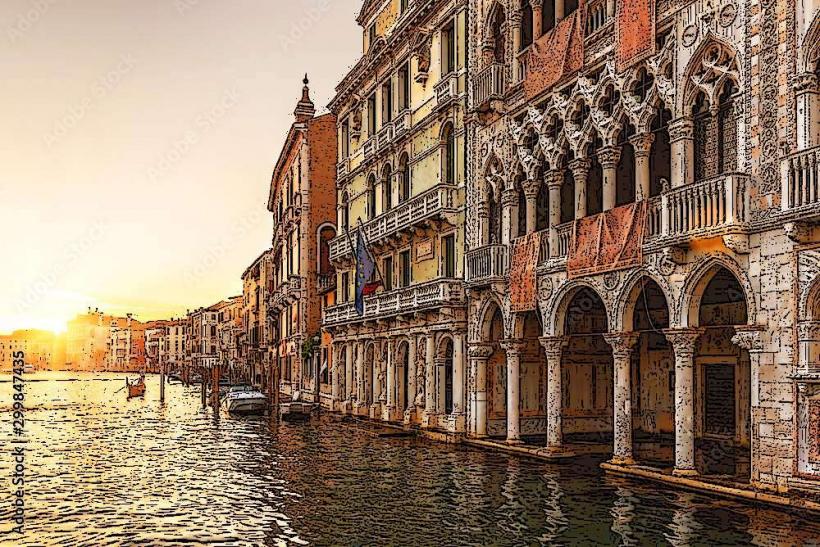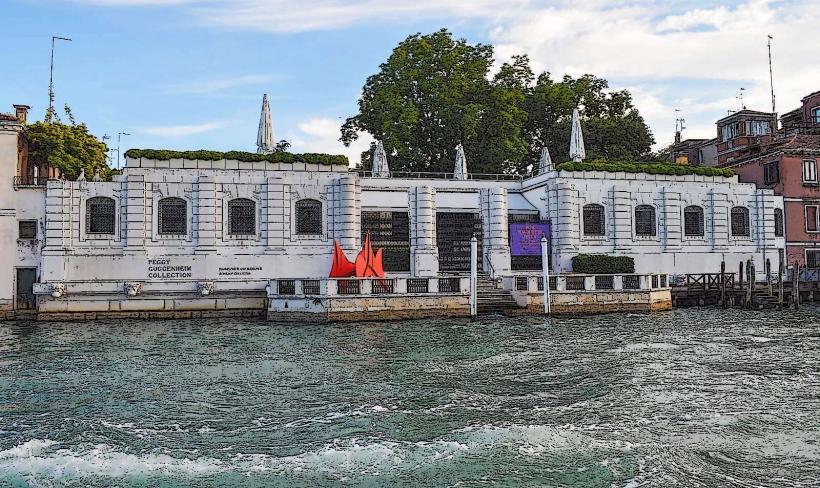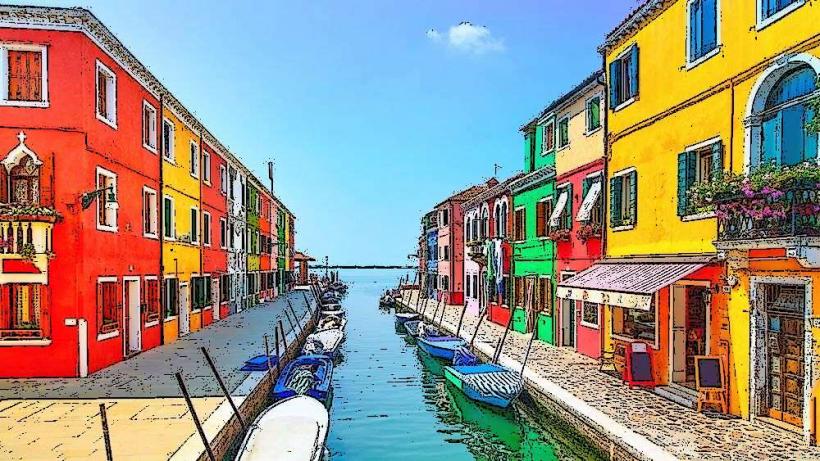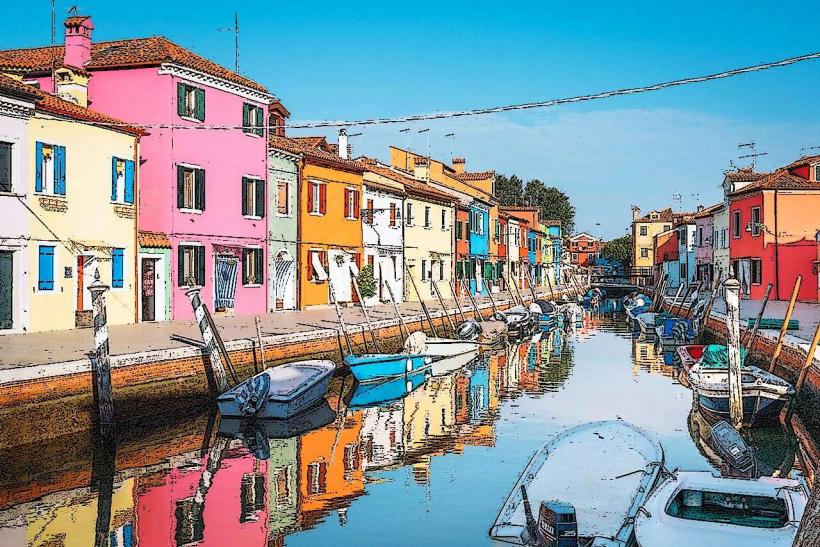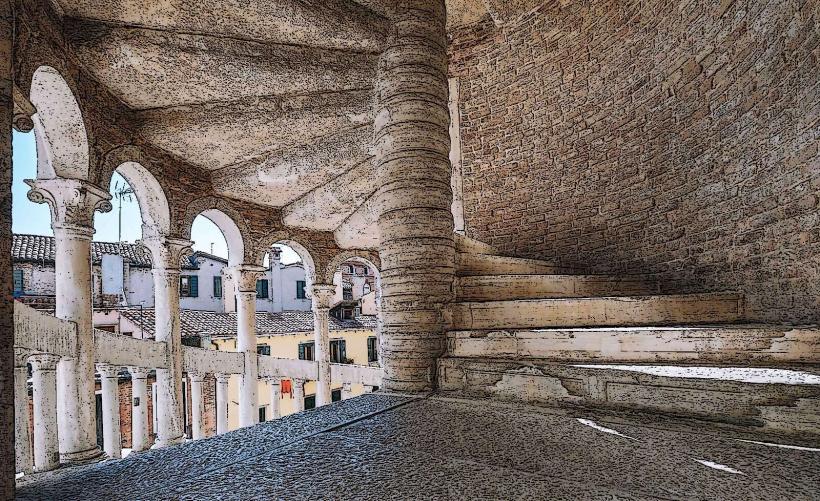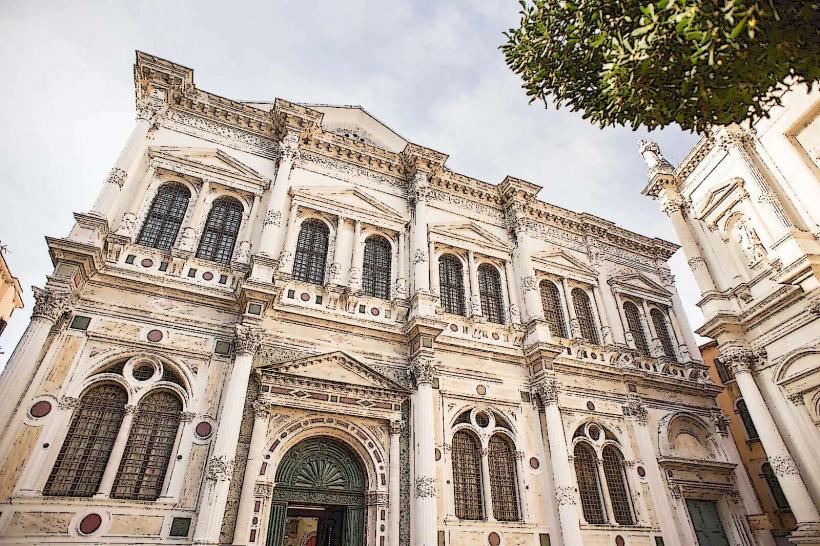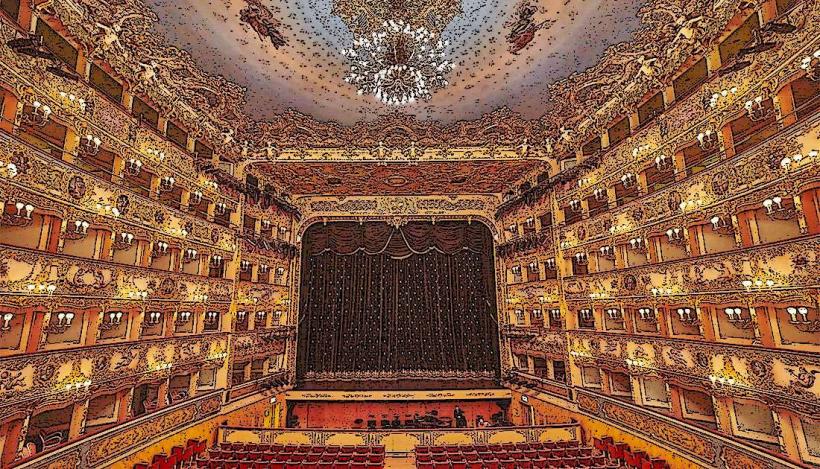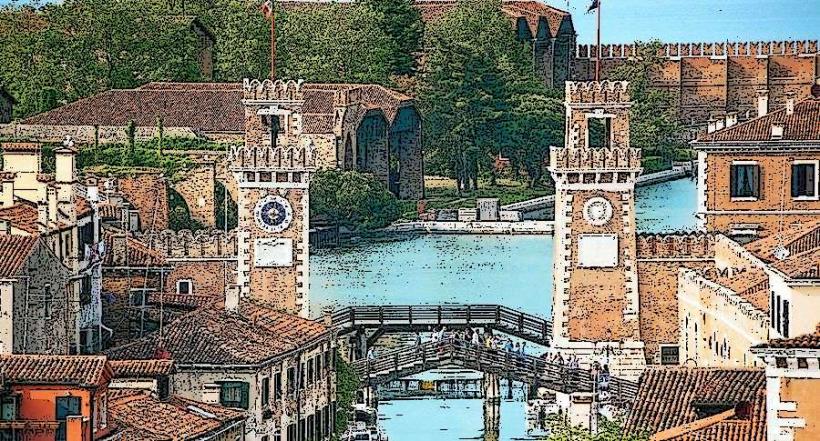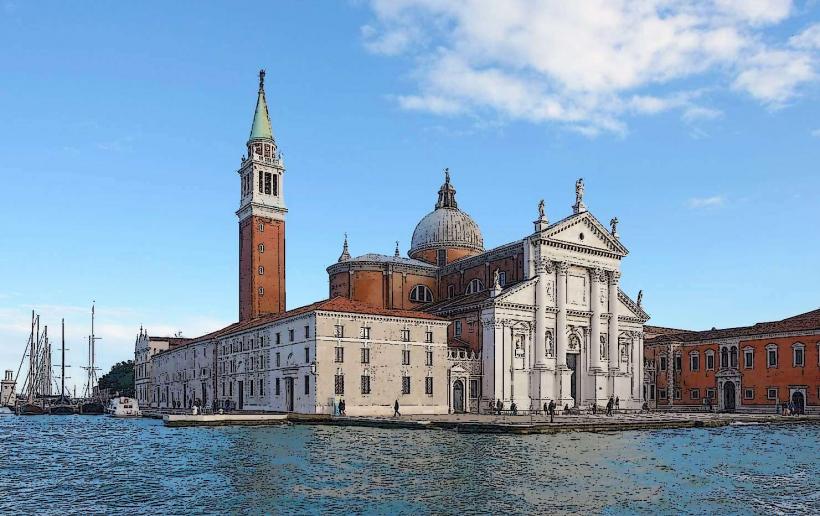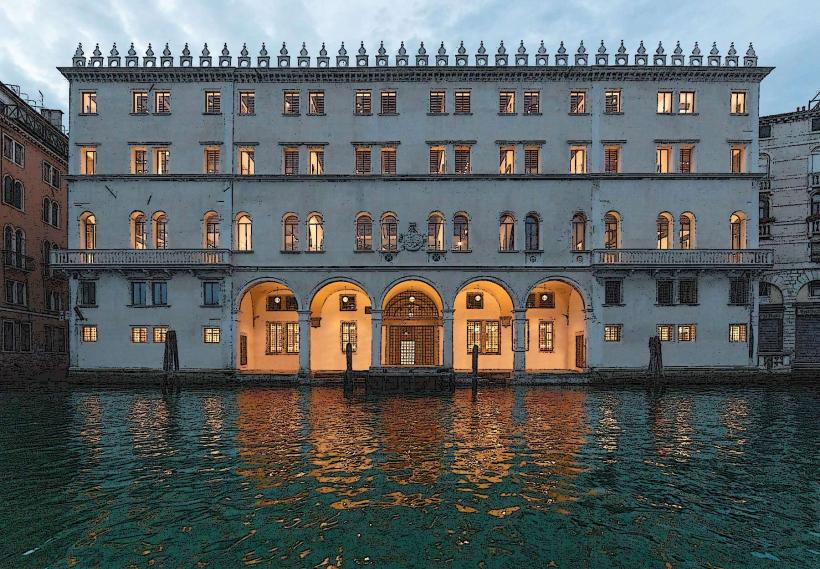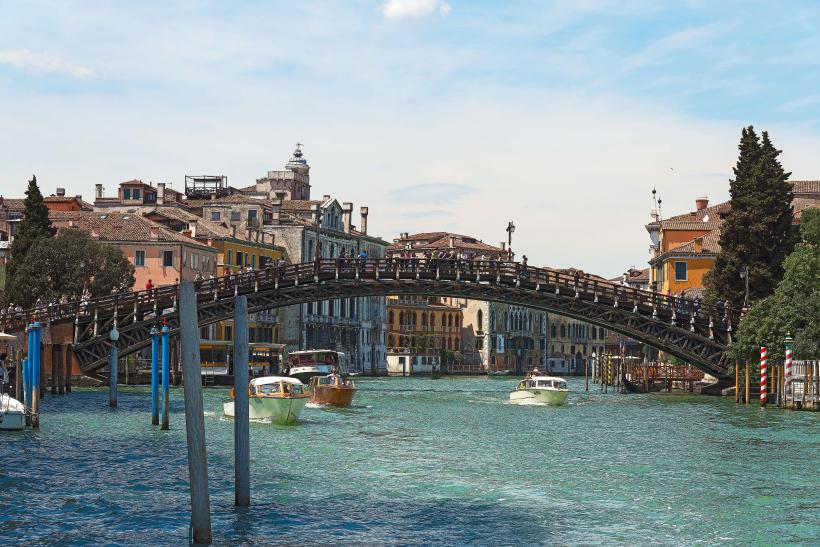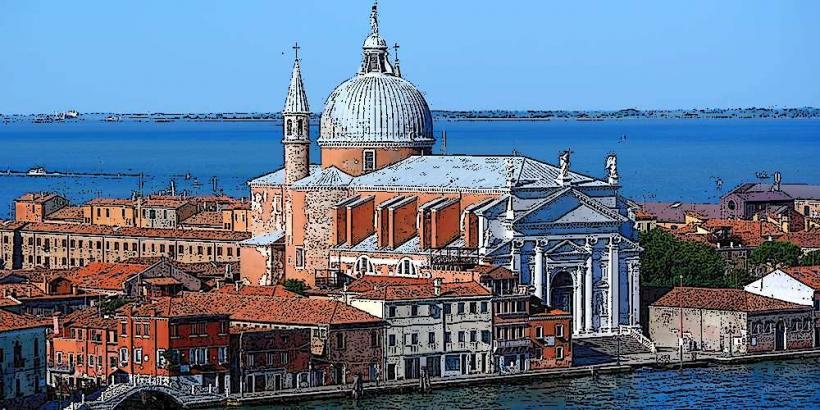Information
Landmark: Santa Maria della SaluteCity: Venice
Country: Italy
Continent: Europe
Santa Maria della Salute (often referred to simply as La Salute) is one of the most iconic and baroque churches in Venice, Italy. Located at the entrance to the Grand Canal, this majestic church is a symbol of Venice’s devotion and resilience, especially in times of crisis. The church’s striking architecture and its prominent location make it one of the most photographed and visited sites in the city.
1. Historical Background
- Origins and Construction: The church was built as a votive offering to the Virgin Mary in gratitude for the end of the 1630 plague that had ravaged Venice. The plague had taken the lives of around a third of the population, and after its devastating impact, the Venetian Senate vowed to build a grand church if the city were spared from further disease. Construction of Santa Maria della Salute began in 1631, and it was completed in 1687.
- The Plague and the Church's Foundation: The church's dedication to Santa Maria della Salute (Our Lady of Health) reflects the people's deep faith and the belief that the Virgin Mary had interceded on their behalf during the plague. The church’s placement at the point where the Grand Canal meets the Basilica di San Marco is strategic, symbolizing a place of protection for the city.
2. Architectural Design
- Architectural Style: The church is a prime example of Baroque architecture, characterized by its dramatic, grandiose design meant to inspire awe and devotion. The design was conceived by the architect Baldassare Longhena, one of the most influential architects of 17th-century Venice.
- Domed Structure: The church is most famous for its large, imposing dome, which is a defining feature of its silhouette. The dome is surrounded by eight smaller domes that create a unique and dynamic roofline. The central dome symbolizes the Church's connection to the Virgin Mary, and its size and height were intended to evoke a sense of spiritual grandeur.
- Facade: The facade of Santa Maria della Salute is a blend of classical and baroque elements. It features a central entrance with two columns and pilasters. The upper portion of the facade includes a large window, above which is a statue of the Virgin Mary. The church’s bold and dramatic facade emphasizes its role as a spiritual and civic monument.
- Portico and Stairs: The church’s entrance is framed by a grand portico with grand staircases that lead up to the main doors. The staircase is particularly impressive, creating a sense of progression and movement toward the sacred space of the church.
3. Interior
- Plan and Layout: The interior of Santa Maria della Salute is characterized by its circular plan, with a central nave leading to the altar, which is surrounded by several chapels. The church’s interior space is designed to evoke a sense of divine presence and awe, with its massive central dome and surrounding columns.
- Decoration: The interior is richly decorated with frescoes, paintings, and sculptures. Some of the most notable works include:
- The Altarpiece: The main altar features a large painting of the Virgin Mary by the artist Giovanni Antonio Fumiani. It depicts the Virgin Mary holding the infant Jesus, surrounded by angels.
- Frescoes and Paintings: The church is decorated with several important frescoes and oil paintings by renowned Venetian artists, including Titian and Tintoretto. The frescoes on the ceiling and walls depict scenes from the life of the Virgin Mary, reinforcing the church’s dedication to her.
- Sculpture: Several sculptural works adorn the church, including statues of saints and biblical figures. The church's altars are decorated with elaborate carvings and reliefs, often focusing on the theme of health and divine protection.
4. Significance and Symbolism
- Votive Offering: Santa Maria della Salute’s primary significance lies in its creation as a thanksgiving offering for the end of the plague. It symbolizes the spiritual resilience of the Venetians and their faith in the Virgin Mary. Over time, it became a symbol of protection for the city.
- Spiritual Role: The church continues to serve as an important place of worship for the citizens of Venice, especially during the feast of the Virgin Mary in November, when special masses are held in honor of the church’s dedication. The church also remains an important site for pilgrims and visitors who come to pray for protection from illness or other adversities.
- Civic and Religious Icon: Santa Maria della Salute is not just a religious landmark but also a symbol of Venetian civic pride. Its construction during a time of crisis reflects the strength of Venice as a city that thrives even in the face of adversity.
5. The Feast of the Madonna della Salute
- Annual Celebration: One of the most important events related to Santa Maria della Salute is the Feast of the Madonna della Salute, celebrated every November 21st. This celebration marks the end of the plague and is a pilgrimage for Venetians. On this day, Venetians walk across the Ponte della Salute, a temporary bridge constructed over the Grand Canal to connect the church with the rest of the city.
- Procession and Rituals: The feast is marked by a procession to the church, where prayers are offered, and people light candles in gratitude. It is a deeply significant event for the people of Venice, who continue to honor their heritage and devotion to the Virgin Mary.
6. Location and Surroundings
- Grand Canal Position: Santa Maria della Salute is located at the entrance to the Grand Canal, standing prominently on the Punta della Dogana (the tip of the Dogana area). Its location makes it one of the first landmarks seen by anyone entering Venice by water, creating a dramatic visual impact for visitors arriving from the Adriatic Sea or the Grand Canal.
- Accessibility: The church can be accessed by walking along the canal from Piazza San Marco, or by taking a Vaporetto (waterbus) to the nearby stop. The church is a key destination for tourists exploring the city, and its central location makes it an important part of Venice's architectural and cultural heritage.
7. Cultural Impact and Artistic Significance
- Artistic Influence: Santa Maria della Salute has been a significant source of inspiration for various artists, especially Venetian painters. The church’s grandeur, its position at the mouth of the Grand Canal, and its dedication to the Virgin Mary have made it a symbol of both spiritual and cultural importance in Venice.
- Venetian Identity: The church embodies the distinctive Venetian Baroque style and is often cited as a major achievement in Venetian architecture and art. Its visual prominence and unique design make it a key element in defining the city’s skyline.
8. Conclusion
Santa Maria della Salute stands as a powerful symbol of Venetian resilience, faith, and artistic achievement. Its dramatic location, magnificent architecture, and historical significance make it one of the most important and beloved churches in Venice. Whether appreciated for its architectural beauty, its spiritual importance, or its role in the life of the Venetian people, the church remains a central point of reference in the city’s rich cultural and religious heritage.

